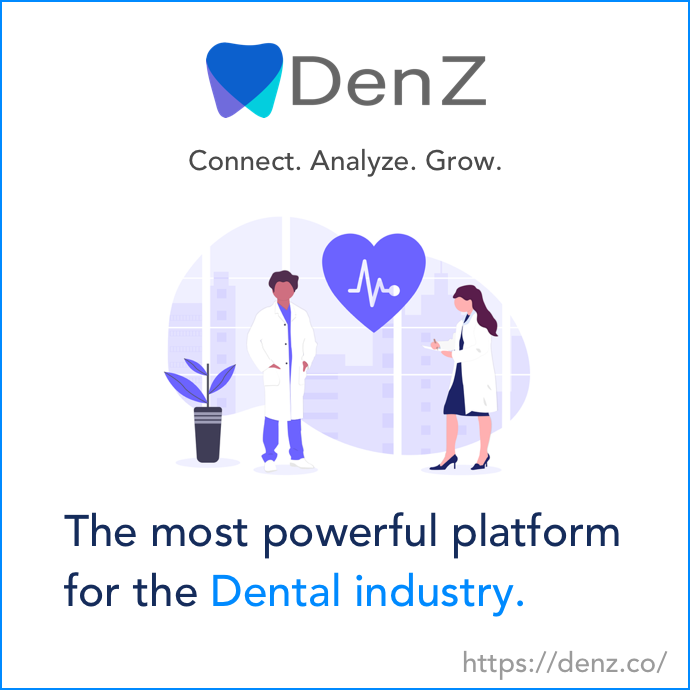As a college educator and former IT industry veteran, I find that the hype around China’s DeepSeek R1 model is a useful reminder of three things.
The first is that generative AI is no longer just about processing vast amounts of content to generate relevant responses to prompts; it’s also about cognitive reasoning (the “R” in R1).
The promise of reasoning large language models (LLM’s) is that massive knowledge retrieval and cognitive processing capabilities – once the exclusive realm of brainiacs with supercomputers – is now in the hands of nearly everyone. Thanks to a new generation of advances in efficiency-boosting techniques, there are models small enough to run on a conventional laptop that can support multiple intelligent agents that can autonomously perform complex, interactive tasks.
Secondly, the generative AI revolution is foremost about innovation and creativity – it’s not just an arms race for the most powerful hardware, size of training data sets, or number of model parameters. Successful adoption of these technologies will not be determined by the Big Tech firms with massive, energy-gobbling super computers training multi-billion dollar models – but by countries and organizations that invest in human capital to prepare them for this new wave.
Thirdly, and building off that last point, America doesn’t seem all that well positioned for the dramatic changes coming to our economy and society. I’ll cite two examples: high education and corporate America.
Higher-Ed
In most institutions of higher learning, an undergraduate’s first big decision is to decide whether to pursue a Bachelor of Arts (BA) degree, which is associated with a broader, more interdisciplinary education, or a Bachelor of Science (BS) degree, which is more focused on developing skills and hands-on experience in specific fields.
In the age of AI, this is a hopelessly outdated dichotomy, as both sets of disciplines are becoming essential in the workplace.
Fact is, most first-year students don’t have anywhere near the knowledge or insight of what it’s like to work in different types of jobs, or even the relative strengths and weaknesses of their own abilities, talents, skills and aptitudes. And yet, most first-years are required to declare a major, which will be an easy decision for only that small percent who (for better or worse) know (or at least think they know) what field they want to pursue: engineering, science, medicine, law, etc.
We need a much different, career-ready, broader, interdisciplinary approach to higher education that acknowledges that a college graduate’s first full-time job may have nothing to do with the degree they earned or their major; that their college experience will represent merely the first stage in life-long journey of continuous learning – upskilling, credentialing, reinvention, career-switching – for roles we can’t even imagine now.
Also, as educators, we need to develop new strategies to handle AI plagiarism and navigate the dangers of chat bots becoming intellectual shortcuts, or “cognitive offloading” – the tendency to rely on external tools rather than developing internal capabilities.
In an age when knowledge is separated from understanding, there’s just too much temptation to simply prompt AI for an immediate answer or solution instead of wrestling to understand a concept or solve a problem.
Corporate IT
Most corporations also don’t seem to realize the organizational implications of these new technologies.
Current IT roles and structures reflect the organizational requirements from the previous, digital revolution. Those functions arose from the specialized expertise required for humans to use and interact with computers – programming, data engineering, computer architecture, network administration, information security, etc.
In contrast, generative AI (and the whole field of Natural Language Processing that preceded it) is about designing and training computers to interact with humans.
As a result, rank and file employees are inventing brilliant (and sometimes dangerous) ways to use these technologies. Organizations are struggling to come up with workable policies, procedures and controls to maximize the potential productivity benefits while minimizing the risks.
A key problem is that in most corporations, data science expertise tends to be concentrated in IT departments, most of which still operate as secret guilds with their own mysterious language and practices that are organizationally and functionally isolated from core business units. I believe that the coming Productivity Revolution calls for new types of organizational roles and structures, in which data expertise is not sequestered in a specialized function but interconnected with almost every aspect of the operation.
And there’s also the data challenge. In most organizations, adopting AI is about customizing LLM’s to execute specialized use cases using proprietary data. While users of the data in the lines of business want completely accurate, clean and well-managed data, the individual owners of the data in IT don’t have the budget, financial incentive or organizational authority to ensure this level of quality and transparency.
As a result, internal data sets are not discoverable/managed well across the enterprise. Typically different types of data are stored in different places. In response to business user requests, IT provides different views of the data, make different copies (and copies of copies) of the data, and create exposures and abstractions of the data for various different reasons…At this point, no one knows which versions are stale, incomplete, duplicative, inaccurate or their context.
Conclusion
Generative AI has the potential to transform all forms of knowledge work. At its core, this technology is about the democratization of expertise (for good and bad) – disintermediating specialists such as coders, videographers, illustrators, writers, editors, and just about any type of knowledge worker or “expert.” Never before have humans dealt with a technology that rivaled their own cognitive processing and reasoning abilities – merely their physical strength, endurance, precision of dexterity, and ability to munge and process vast volumes of data.
This exciting new productivity revolution requires new skill sets, capabilities, and organizational structures, in which data expertise is integral to almost every type of business process.
The irony is that as machines achieve greater analytic powers, the status and value of an employee in an organizational hierarchy may become less a function of specialized expertise, experience and credentials, and more of their creative, multi-disciplinary and inter-personal skills.
The time to develop and invest in these capabilities is now.
Credit: Source link








































